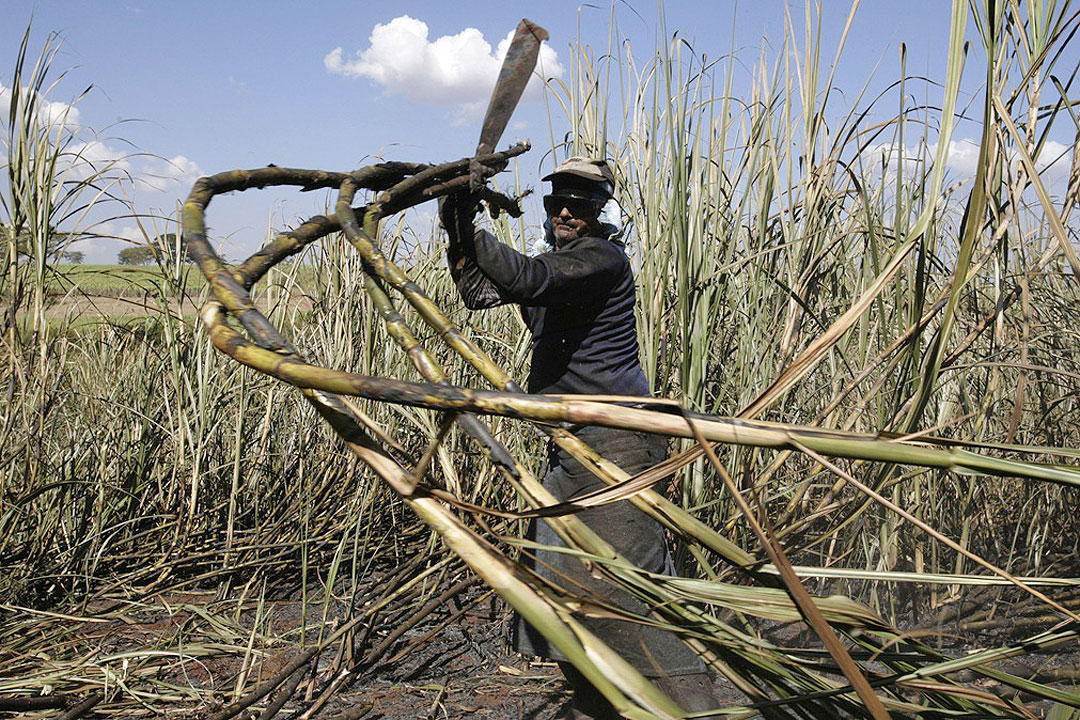Farmers want say in gov’t sugar import plans

SUGAR producers said they need to be consulted on the Sugar Regulatory Administration’s (SRA) sugar import plans.
In a statement, the Sugar Council said it recommended an import plan decided in consultation with the industry, with due consideration given to market conditions.
“If sugar imports are the last resort to fill the shortages that may be caused by El Niño, the Sugar Council emphasizes the need for a logical, transparent, and consultative import program,” it said on Sunday.
Last week, the SRA said that it was studying to allow sugar imports during the end of the milling season to bolster supply.
SRA Administrator Pablo Luis S. Azcona said that the President had recommended allowing imports between 185,000 metric tons (MT) and 200,000 MT.
Administrative Order No. 20 tasked the SRA with streamlining and standardizing sugar import rules. It was also ordered to admit more traders into the sugar import program.
He added that the regulator and the Department of Agriculture will identify a trigger point for when to allow imports to enter the country.
“Unless the coming months see a spike in withdrawals (from inventory), the country might not need to import raw or refined sugar until the first quarter of 2025,” the group said. It added that if imports were to come in prematurely, it could cause the millgate price of domestically-grown sugar to drop.
“With local production predicted to be low in 2024-2025, sugar farmers are in for a double whammy,” it added.
The US Department of Agriculture is estimating that raw sugar production will be flat at 1.85 million metric tons (MT) during the 2024–2025 season, while cane production is estimated at 21.6 million MT.
Raw sugar production hit 1.92 million MT as of May 5, 9% higher than a year earlier.
The group added that excessive imports of sugar had caused the drop in millgate prices during the 2023-2024 milling season, prompting the government to directly procure sugar from farmers.
“While importing sugar can stabilize the retail market in the face of insufficient local production, it has to be a solution of last resort, done in consultation with stakeholders, especially sugar farmers, and its schedule and volume calibrated to avoid the milling season, it said.
The council is composed of the Confederation of Sugar Producers Associations, Inc., the National Federation of Sugarcane Planters, Inc., and the Panay Federation of Sugarcane Farmers, Inc. — Adrian H. Halili



